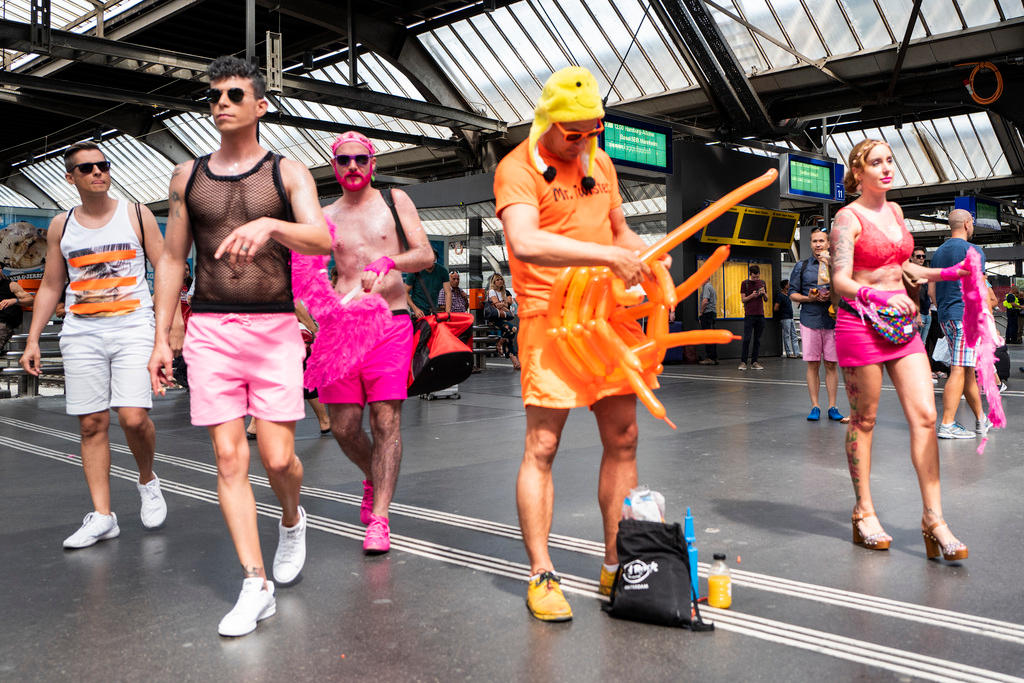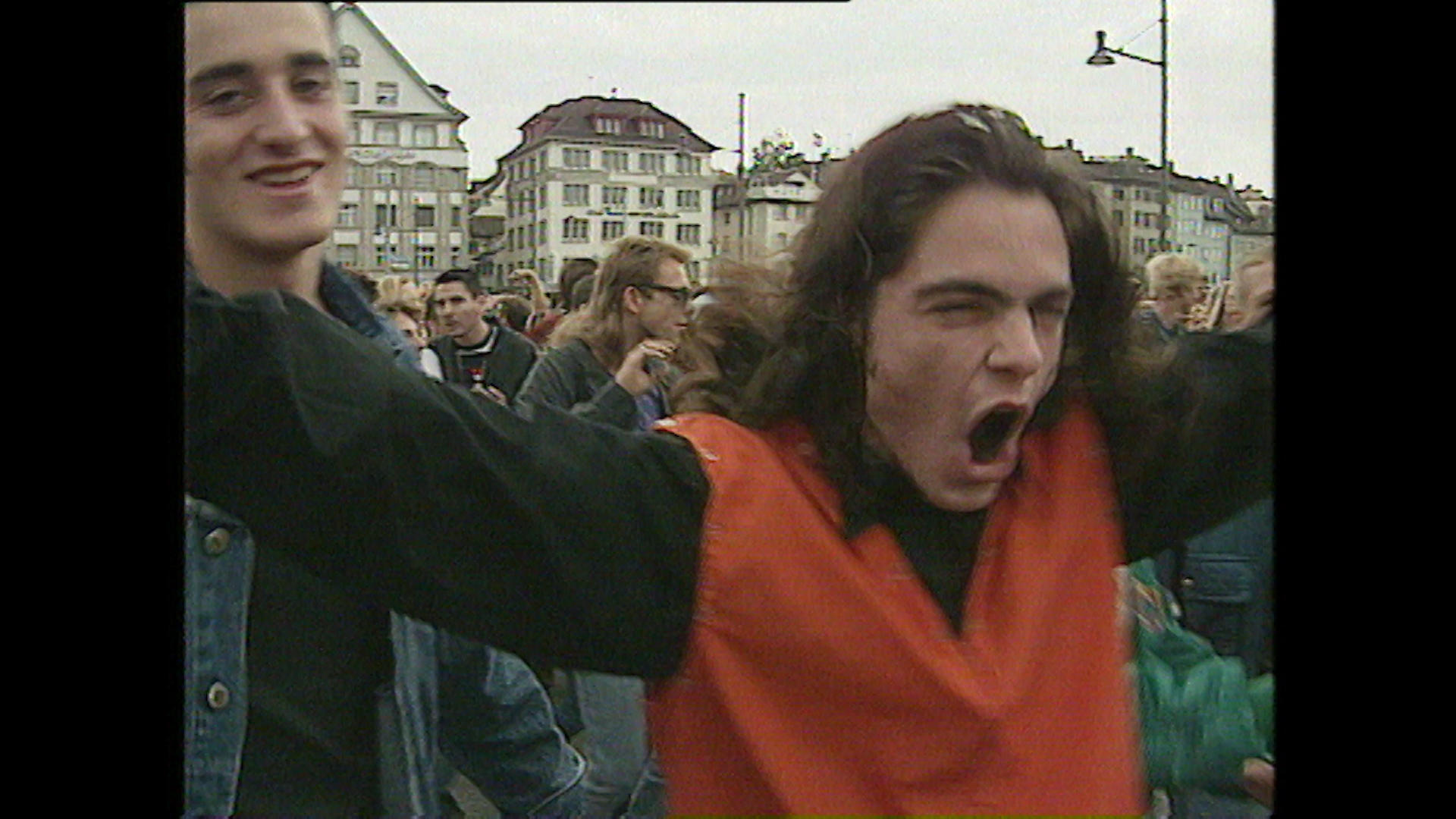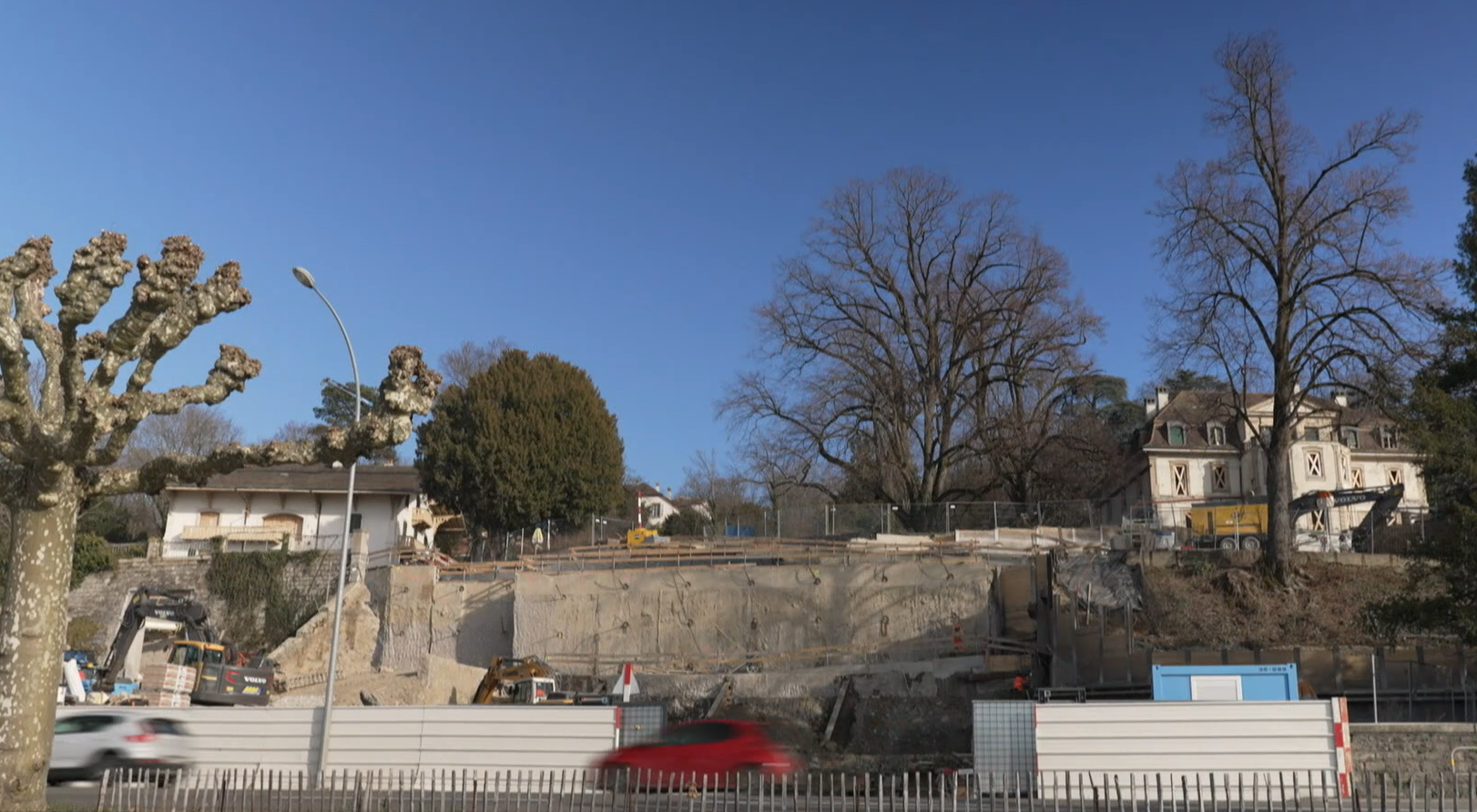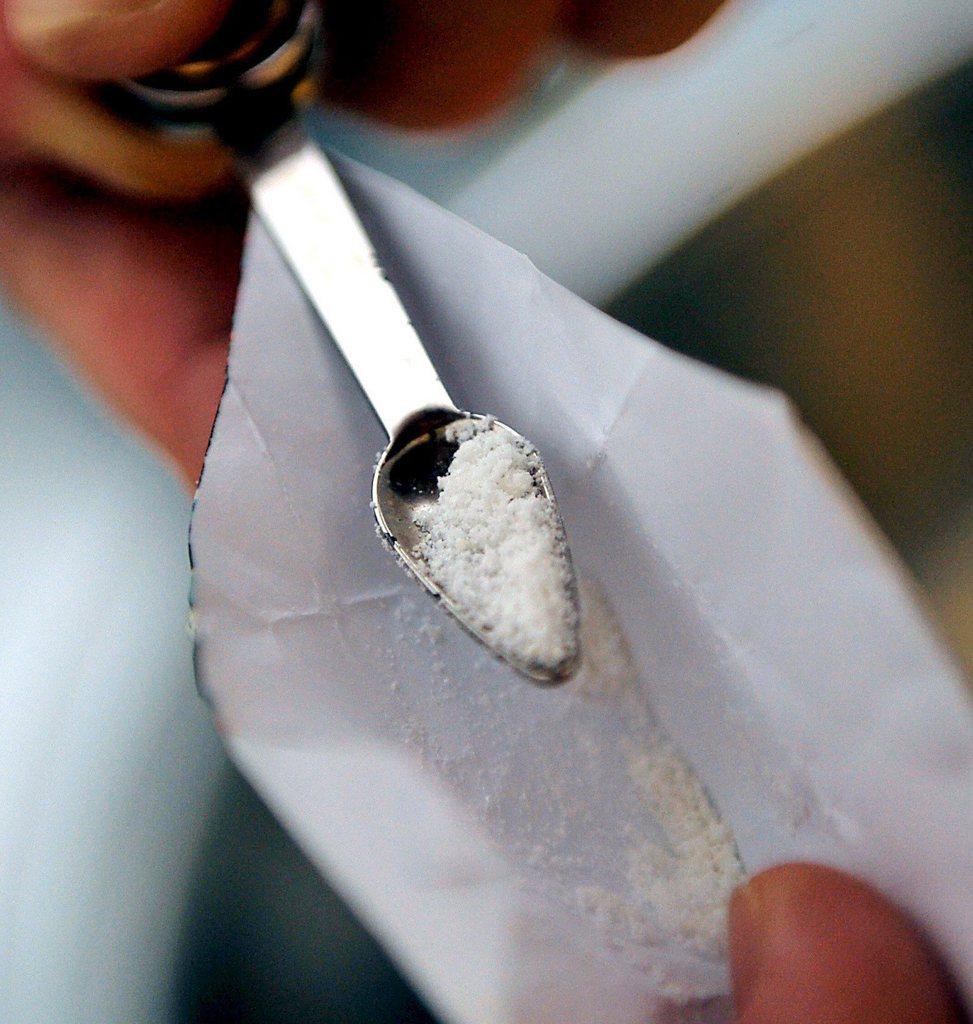A million people party at Zurich Street Parade
Zurich’s Street ParadeExternal link, one of the most popular house and techno parades in Europe, attracted a million ravers on Saturday, according to organisers.
Around 25 floats packed with giant music systems trundled around Lake Zurich as part of an event officially billed as a demonstration for freedom, love and tolerance. This is the 27th edition, and apart from the parade, about 100 related parties also took place over the weekend.
The perfect weather conditions meant the million-mark was cracked for the third time, after 2001 and 2015.

More
Zurich’s technocolour Street Parade in pictures
How it all began
The first Street Parade was held on September 5, 1992, initiated by maths student Marek Krynski. He was inspired by a television report on the Berlin Love Parade and went to visit the German city to find out how the event was organised. It was attended by about 1,000 people. The number seems paltry compared with the huge turn-out at recent Street Parades, but in 1992, it was regarded as a huge success as no one really believed that ravers would dance through the streets of the city in broad daylight. There were only two parade floats.
In 1994, police chief Robert Neukomm wanted to stop the parade, but after protests and a change of route, the event went ahead. In 2001, for the first time visitor numbers reached a million.

As the parade was originally registered as a demonstration, it has to have a motto. This year it is “culture of tolerance”. The event organisers, the not-for-profit Street Parade Association, say they want to show that techno is a “tolerant culture and an important component of society”.
Weighing up the cost
Both the event organisers and the visiting international DJs work for free. The association does not receive any subsidies from the city and is reported to have made a loss in 2016 due to security costs.
According to the Neue Zürcher Zeitung (NZZ), the parade costs CHF1.8 million ($1.8 million) to stage, partly covered by sponsoring, drinks sales and the rent of places to stand and watch. The Street Parade Association says the cost to the city is more than covered by the money it generates. According to a study by the University of Applied Sciences in Business Administration Zurich, the parade brings in more than CHF100 million, from hotel overnight stays, restaurants, retail sales, and sales from clubs.
The event also leaves behind a mountain of rubbish. In 2016, there was said to be 90 tonnes of it. The Street Parade Association pays for the cleaning costs.
Policing the parade
All sorts of special police units are deployed. Uniformed officers line the parade route and specially trained “dialogue” police with fluorescent vests are also on hand to talk to party-goers. A police helicopter monitors the event from the skies, identifying problems where forces may need to be deployed.
There is also a water protection force in the lake, ready to fish out people who need medical help and making sure lake transport isn’t disrupted. Traffic police check the parade floats and administrative police control noise levels after 10pm.
The city’s security departmentExternal link website says 380 extra medical staff will be deployed at this year’s parade, working at treatment centres around the lake. According to the site, medical staff are most commonly called upon to treat patients who are drunk or dehydrated.
Lessons learnt
In 2010, 21 people died in a stampede at a Love Parade music festival in the German city of Duisburg. The crush happened when hundreds of thousands of people tried to squeeze through a narrow tunnel that served as the only access to the grounds.

In response to the disaster, a series of measures were adopted to reduce the risks of overcrowding at the Zurich Street Parade. Stalls and music stages were moved, chain barriers in the Bellevue and Bürkliplatz areas were removed and visitors were shown escape routes on large screens.
Drugs
A large amount of drugs is consumed at this giant techno party. Traces of ecstasy or cocaine measured in wastewater are significantly higher than on a normal weekend in Zurich.
Since 2001, saferparty.chExternal link has been offering free drug tests on behalf of the City of Zurich at the Bürkliplatz in order to “minimise harm”. In 2017, some people queued for up to two hours to talk to advisors.
The same year Zurich police arrested 35 people for narcotics dealing. Around 570 ecstasy tablets, 110 grams of cannabis, 85 grams of cocaine and ten grams of MDMA were seized.












You can find an overview of ongoing debates with our journalists here . Please join us!
If you want to start a conversation about a topic raised in this article or want to report factual errors, email us at english@swissinfo.ch.